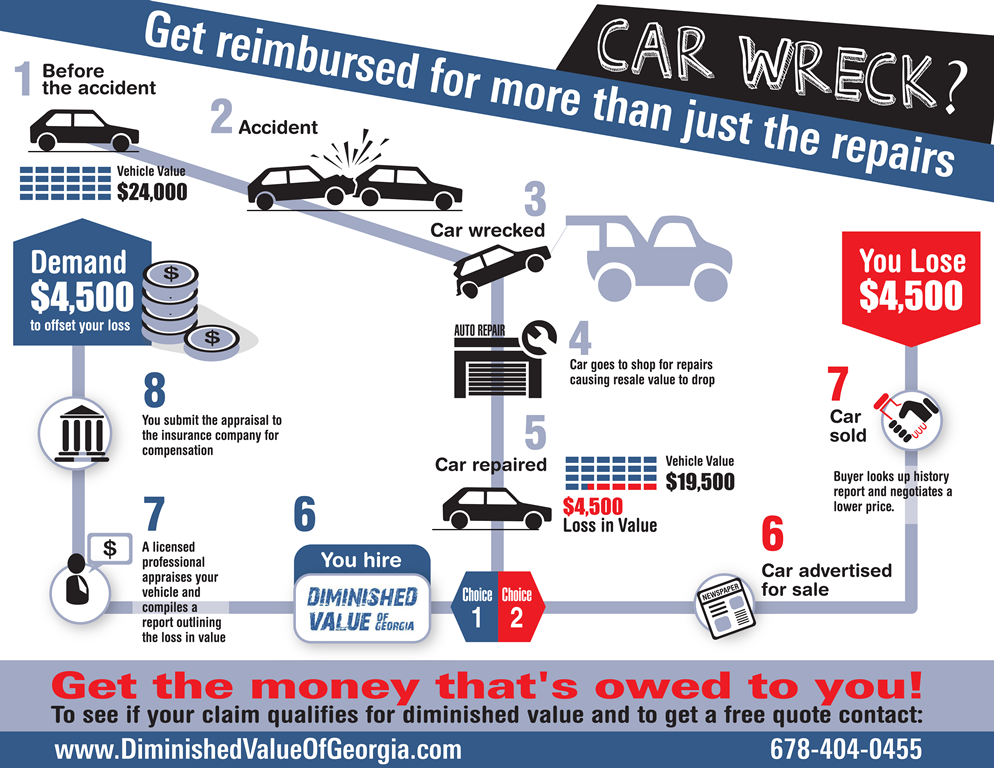Fascinated In Comprehending The Caution Lights On Your Car'S Dashboard? Discover Their Importance For Your Lorry'S Security And General Condition
Fascinated In Comprehending The Caution Lights On Your Car'S Dashboard? Discover Their Importance For Your Lorry'S Security And General Condition
Blog Article
Web Content Create By-Boye Dalgaard
When you lag the wheel, those beautiful warning lights on your dashboard can be a bit complicated. Do you understand what they're attempting to tell you about your auto's health and wellness? Recognizing the value of these lights is crucial for your safety and security and the longevity of your car. So, the next time among those lights pops up, would not you want to decode its message accurately and take the essential actions to address it?
Common Warning Lights and Interpretations
Recognize usual warning lights in your auto and understand their definitions to make sure safe driving.
The most typical warning lights consist of the check engine light, which indicates issues with the engine or exhausts system. If this light begins, it's vital to have your vehicle examined quickly.
The oil pressure cautioning light indicates low oil pressure, calling for instant attention to stop engine damage.
A flashing battery light might suggest a malfunctioning charging system, potentially leaving you stranded if not addressed.
The tire stress surveillance system (TPMS) light signals you to reduced tire pressure, impacting vehicle stability and gas performance. Disregarding this might result in unsafe driving problems.
The abdominal light shows an issue with the anti-lock stopping system, endangering your ability to stop swiftly in emergency situations.
Lastly, the coolant temperature level cautioning light warns of engine getting too hot, which can cause serious damages otherwise dealt with swiftly.
Recognizing these common caution lights will aid you address concerns without delay and preserve safe driving conditions.
Significance of Prompt Attention
Comprehending the common caution lights in your cars and truck is only the initial step; the significance of promptly dealing with these warnings can't be emphasized enough to ensure your safety and security when driving.
When just click the following post brightens on your dashboard, it's your vehicle's method of connecting a prospective issue that needs attention. Ignoring these warnings can cause more serious issues in the future, jeopardizing your safety and possibly costing you much more out of commission.
Prompt attention to advising lights can protect against break downs and accidents. As an example, a blinking check engine light could show a misfire that, if left neglected, might cause damage to the catalytic converter. Resolving https://marcojdxrl.nizarblog.com/31365368/checking-out-regional-treasures-finding-reliable-car-repair-work-shops-in-your-area can conserve you from a costly repair work.
Similarly, a brake system cautioning light might signify reduced brake liquid or worn brake pads, essential components for your security when driving.
DIY Troubleshooting Tips
If you notice a caution light on your control panel, there are a few do it yourself fixing suggestions you can attempt prior to looking for expert assistance.
The primary step is to consult your vehicle's handbook to comprehend what the particular caution light suggests. Occasionally the concern can be as simple as a loose gas cap triggering the check engine light. Tightening the gas cap may settle the trouble.
An additional typical problem is a low battery, which can cause numerous advising lights. Inspecting the battery connections for corrosion and ensuring they're secure may fix the problem.
If a warning light persists, you can attempt resetting it by separating the car's battery for a few minutes and after that reconnecting it. In addition, examining your lorry's liquid degrees, such as oil, coolant, and brake liquid, can help troubleshoot alerting lights associated with these systems.
Conclusion
Finally, comprehending your car's warning lights is crucial for keeping your car running efficiently and safely. By quickly addressing these alerts and understanding what they mean, you can avoid costly fixings and potential malfunctions.
Bear in mind to consult your vehicle's manual for particular information on each alerting light and act appropriately to ensure a trouble-free driving experience.
Stay notified, remain risk-free when traveling!
